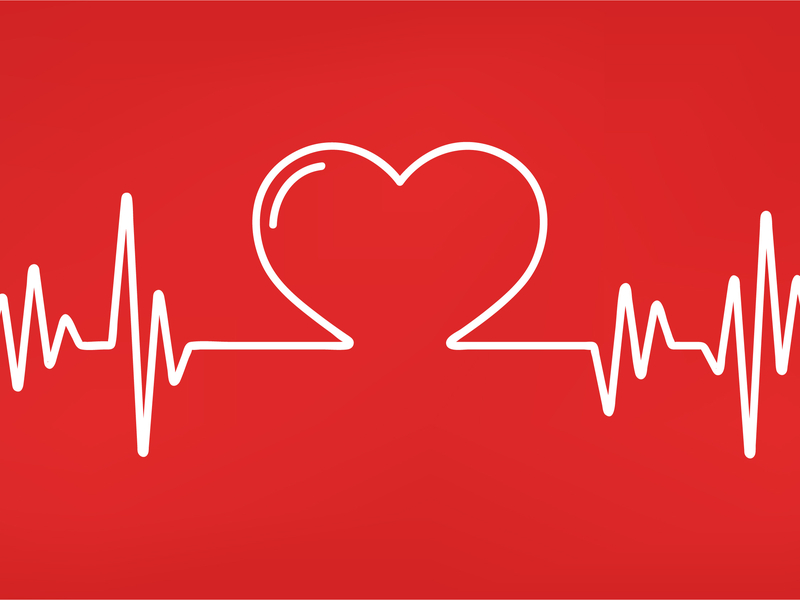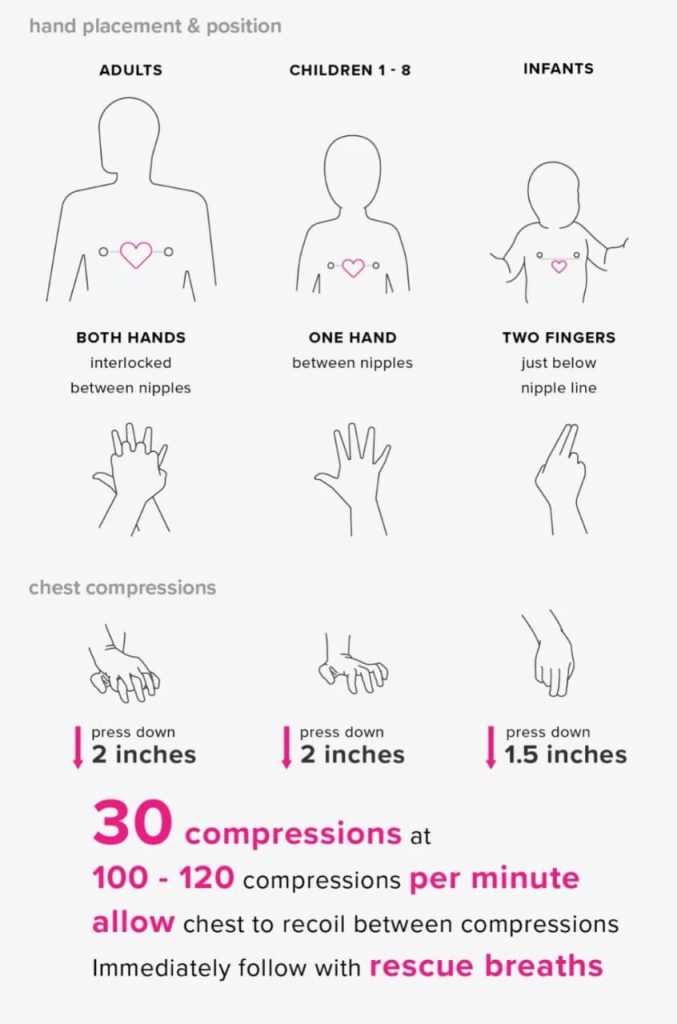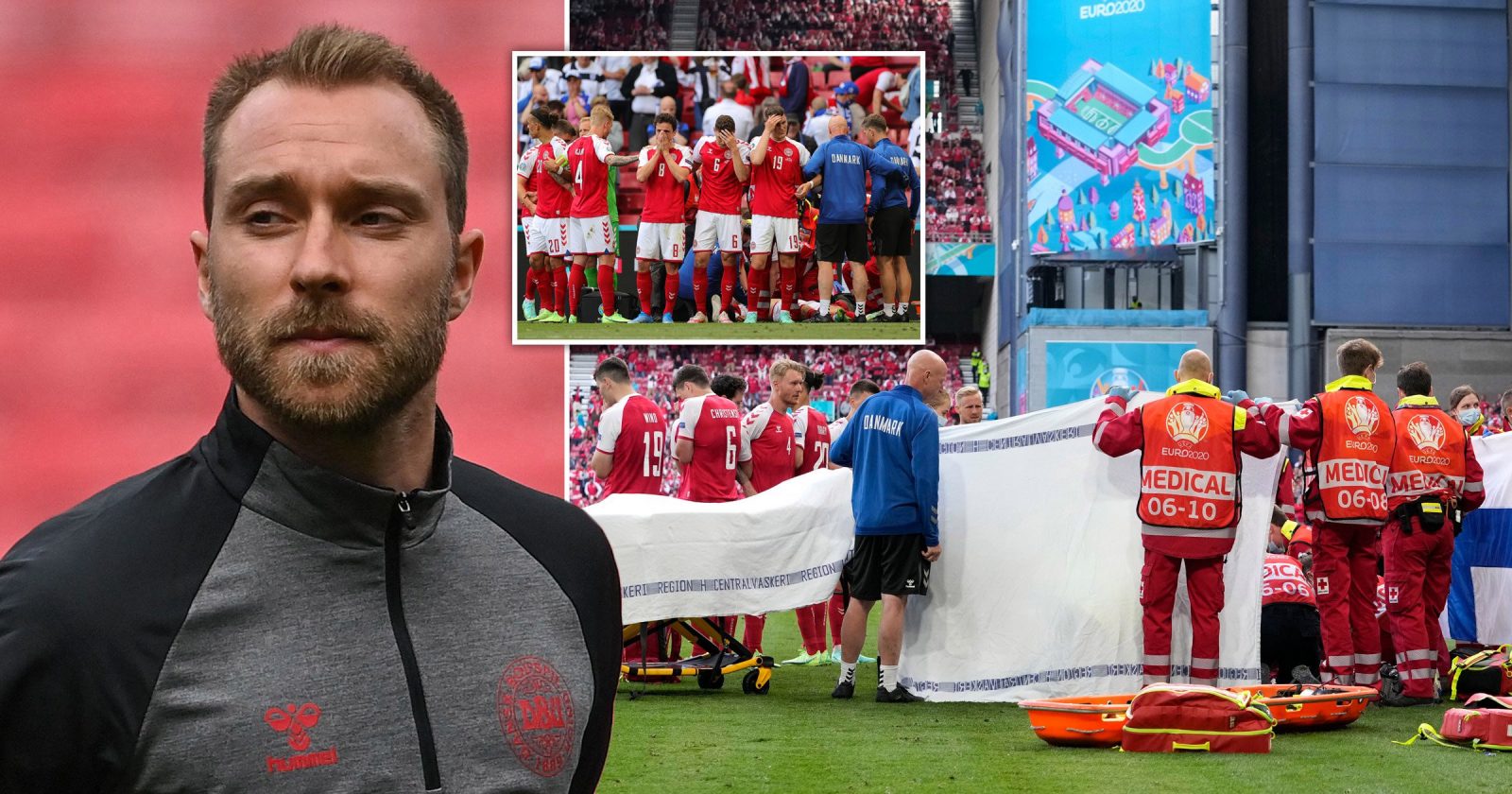After a year-long delay due to the COVID-19 pandemic, the Euro 2020 football tournament finally kicked off on 11th June 2021. But trouble decided to strike just the next day. On Denmark’s opening group stage match against Finland, the world of football came to a standstill for roughly 15 minutes. Denmark’s ace midfielder Christian Eriksen, collapsed on the pitch in the 42nd minute of the game just when he was about to receive a throw-in. Eriksen’s teammates Martin Braithwaite, Thomas Delaney and the match referee Anthony Taylor were the first to respond by beckoning medical assistance. The Danish captain Simon Kjaer quickly came forward and made sure Eriksen hadn’t swallowed his tongue. The Danish physios and the emergency paramedics rapidly arrived at the scene and performed CPR and defibrillation on Eriksen. He regained his senses after an agonizing few minutes and was taken off the pitch. An hour later, UEFA and the Danish Football Association confirmed that Eriksen was awake and in stable condition. The Danish team doctor Morten Boesen confirmed the next day Eriksen suffered a cardiac arrest for reasons unknown. 2 days later, Eriksen posted a photo on his social media platforms saying he’s feeling better and wished his team good luck.
There’s nothing more distressful to watch in a game of football than a seemingly fit and healthy young player collapsing on the pitch. By the looks of things, it was evident that Eriksen’s life was in danger. His incident has shed light on the importance of CPR and learning basic lifesaving skills.

What is CPR?
CPR or Cardiopulmonary Resuscitation is a medical lifesaving process. It’s the first line of defence in the event of a cardiac arrest or heart attack. The process is a combination of techniques which includes chest compressions. When a person suddenly shows signs of no or abnormal breathing, CPR is then performed. A heart attack or cardiac arrest restricts the flow of oxygenated blood to the brain and the rest of the body. This happens in just a minute or two. So, the patient may become brain dead in just minutes if CPR isn’t performed on time.
Importance of CPR
From the event mentioned, it’s obvious Simon Kjaer knew the core basics of CPR despite being unprofessional. His quick actions bought valuable time for the medics, otherwise the unthinkable might have happened. According to statistics, 70-80% of cardiac arrests happen at home or at public spaces. So in these cases, the person closest to the victim is a family member, colleague or strangers with little to no medical expertise. So why is it important for someone with no formal medical training to learn CPR?
- Saving a life. If you’re a bystander present at the scene and can perform CPR to the patient properly, the latter’s chance of survival is increased. If you know the basics, those are enough to help the patient’s blood circulate until professional help arrives.
- CPR prevents brain death. In a cardiac arrest, the heart stops pumping which leads to the body not getting the required flow of blood and the brain not receiving oxygen. So performing CPR means you’re in charge of the beating function of the patient’s heart. While not as effective as the actual heart, there is at least some blood and oxygen to the vital organs, especially the brain. If CPR isn’t performed immediately, the patient will be brain dead within minutes. This might lead to either fatality or permanent loss of some brain function.
- Learning a lifesaving skill while not being a medical student or professional might sound intimidating. But learning CPR is actually easy. It involves chest compressions which varies from person to person. It also involves mouth-to-mouth compressions, but if you’re not comfortable with that, you can just go for hands-on chest compression. While mouth-to-mouth compressions help more, doing chest compressions is better than just standing by doing nothing.
- Cardiac arrest usually happens on elderly people or out-of-shape people. But there’s no guarantee it won’t happen out of the blue to a young and healthy family member, friend or colleague. Christian Eriksen’s incident proves it. If you take quick action, it increases chances of survival and buys professional medics some valuable time.
How to perform CPR as an untrained individual?

You don’t necessarily have to be a medic to perform CPR in an event of cardiac arrest. The current guidelines state that untrained people has to just go for chest compressions. The methods vary from person to person. These are:
- Kneel beside the patient and quickly see if they are unresponsive, unconscious or breathing abnormally.
- If the patient is an adult, place one of your palms in the center of the patient’s chest, between the nipples. Then put your other hand on top of the first and interlock the fingers. Now they’re drawn up and the heel of your hand stays on the patient’s chest. Then start the compressions by using your upper body to push at least 2 inches down on the chest. Perform this at a rate of 100-120 compressions per minute.
- If the patient is a kid aging 1-8, just place one of your palms in the center of the chest, between the nipples. Start the compressions by pushing the palm 2 inches down the chest at a rate of 100-120 compressions per minute.
- For infants, join the middle and index fingers of one hand and place it at the center of the chest, slightly below the nipples. The location is same as adults. Start the compressions by pushing the joined fingers 1½ inches down the chest at a rate of 100-120 compressions per minute.
- In all cases, allow the chest to recoil between compressions.
- Do the compressions smoothly and consistently.
- Repeat the process till the patient starts to breathe or professional help arrives. If the patient begins to breathe, let them lie on their side until the medics arrive.
CPR may not fully guarantee a patient’s survival as substantial number of cardiac arrests are fatal. But it definitely increases chances of survival. Every second is valuable in an event like this and being a bystander and performing CPR is better than doing nothing. So, if you want to keep your family member, friend or colleague out of danger, learn how to perform CPR. It’s really easy.


























Leave a Reply